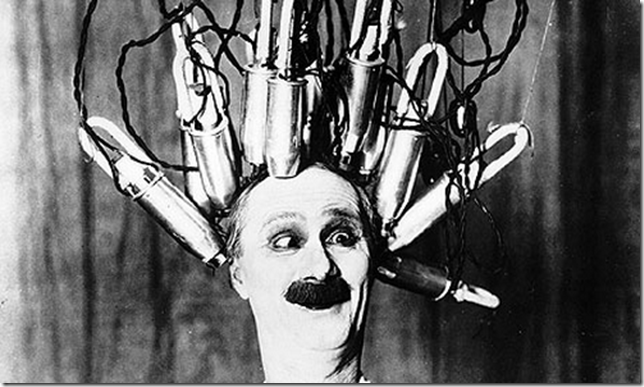 The fine line between genius and madness is often discussed in popular fiction. Think Hannibal Lecter, Sherlock Holmes, Dr. Jekyll. If brilliance and insanity were two circles on a Venn diagram, their shared space might be uncomfortably large. So, too, might the acknowledgement that some of the greatest minds to walk the Earth might also have been plagued with psychological demons. The hardest question is: would these individuals have been capable of their astounding creations and contributions had they not been assailed by everything from hallucinations to mood disorders? Regardless, here are five incredible minds and our modern theories on their troubled mental states.
The fine line between genius and madness is often discussed in popular fiction. Think Hannibal Lecter, Sherlock Holmes, Dr. Jekyll. If brilliance and insanity were two circles on a Venn diagram, their shared space might be uncomfortably large. So, too, might the acknowledgement that some of the greatest minds to walk the Earth might also have been plagued with psychological demons. The hardest question is: would these individuals have been capable of their astounding creations and contributions had they not been assailed by everything from hallucinations to mood disorders? Regardless, here are five incredible minds and our modern theories on their troubled mental states.
Edgar Allan Poe
Let’s first set aside the murky circumstances of his death and his years of alcoholism when considering the man’s mental well-being. After the death of his wife Virginia, Poe claimed that his pain at her passing was so overwhelming, he felt he was losing his mind. He does admit to attempting to kill himself by taking laudanum (opium), but it is contested that this story might merely be a fanciful creation on the writer’s part. Perhaps due to Poe’s limitless and gruesome imagination, Poe has been unfairly deemed unstable over the years.
Abraham Lincoln
Anyone who’s perused Lincoln’s life knows that the man experienced his fair share of failure and loss, but how did he cope with it? Based on letters to his friends and acquaintances, it is wide believed that he suffered from severe depression throughout his life. Apparently, family members on both his mother and his father’s side had similar symptoms, meaning his depressive state was likely hereditary. But guiding the nation through the Civil War cannot have alleviated his despondency.
Michelangelo
The great Renaissance painter was known for his singular commitment to his craft. He painted the ceiling of the Sistine Chapel single-handedly, a feat that conjures both immense respect and trepidation. According to the Journal of Medical Biography, the renowned artist bore some characteristics of a high-functioning person with autism. He was described as “preoccupied with his own reality.” Like many with autism, he struggled to form meaningful relationships. The pairing of his social difficulties and his extraordinary artistic abilities make a strong case that Michelangelo had the disorder.
Charles Darwin
Although is it easy to imagine Darwin as a passionate explorer, voyaging for five years on the HMS Beagle to far-off places, but the reality was quite different. Throughout the journey, the man was racked with nausea, trembling and even hallucinations. It is theorized that he suffered from agoraphobia, a fear of situations which might elicit a panic attack or anxiety. Darwin painfully feared people, even his own children. He also suffered bouts of stress over the controversy his famed book On the Origin of Species created.
Nikola Tesla
If you aren’t acquainted with this incredible innovator, now is the time to look him up. Perhaps best known for the Tesla Coil, a resonant transformer designed to produce electricity, the man’s immense contributions to radio, computers, radar and robotics are impossible to ignore. He did, however, suffer from Obsessive-Compulsive Disorder and a fear of germs. The number three played an enormous role in his life. When staying at a hotel, he insisted upon a room number divisible by three. Before entering any building, he circled the block three times. At every meal, he demanded 18 napkins, three stacks of six.




















-300x200.jpg)




